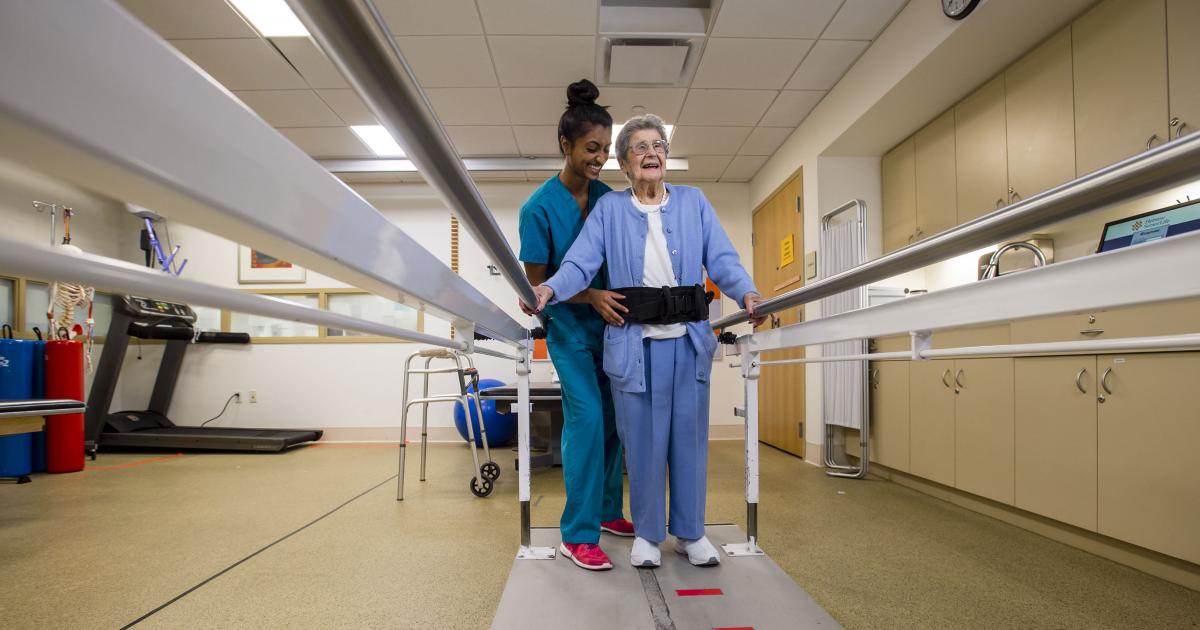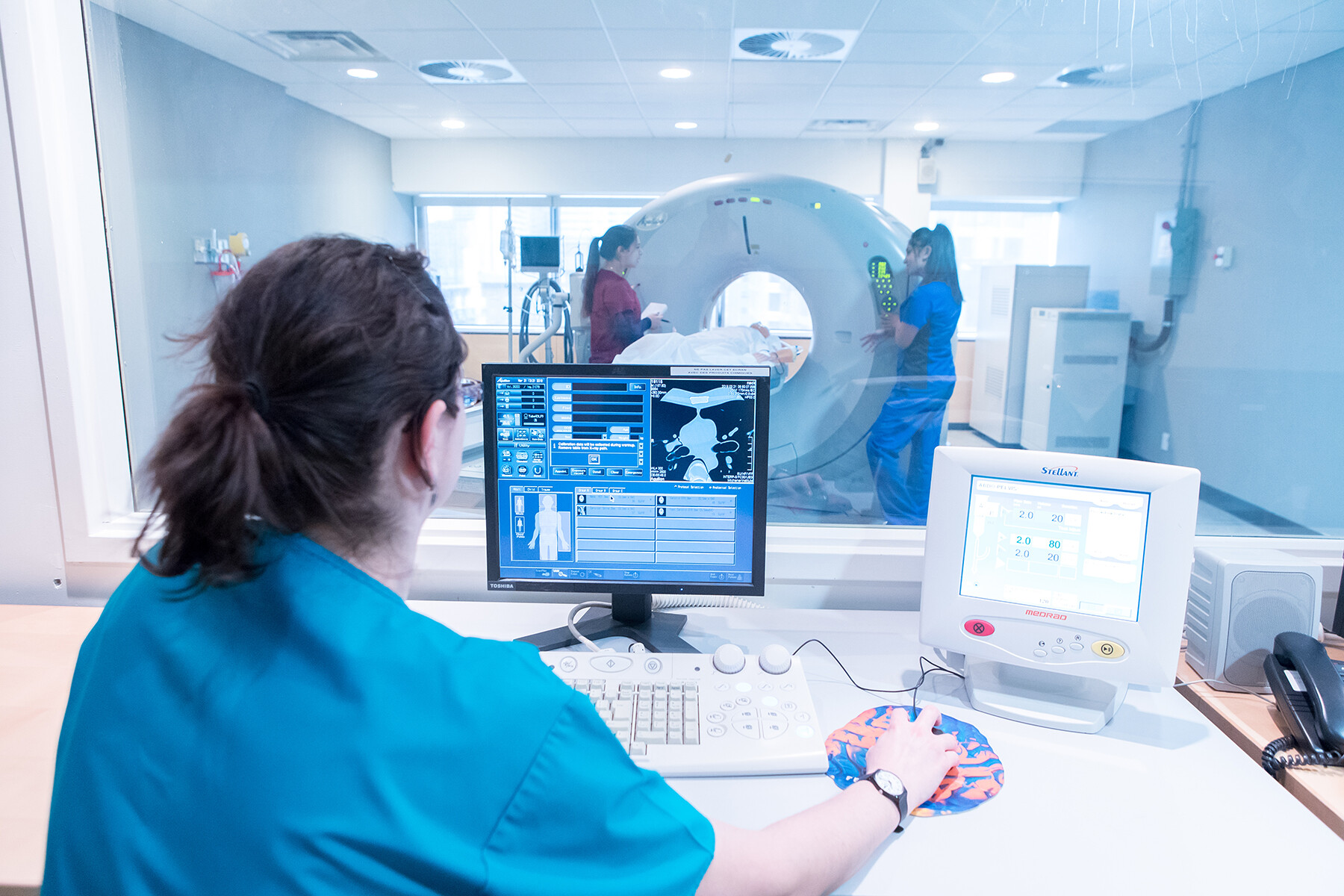

When we are looking at the healthcare institutions, we often come across terms like “Skilled nursing staffing or “Nursing homes”. Although they sound similar, the functionality and meaning of both are not identical at all. Why do we need to understand these terms? You might be thinking like that. When you are looking for Care for yourself or your loved ones, you are looking for the best option around, so these terms often come up. Before we start making decisions about what’s best for us, we should understand this terminology better. Understanding the differences is key to making informed care decisions, whether you’re a patient, a family member, or even a healthcare professional exploring career opportunities. That’s why we are bringing this blog to you, so that you can get a proper understanding of how it makes all the difference when you are making any critical care decisions.
What Is a Skilled Nursing Facility (SNF)?
A Skilled Nursing Facility (SNF) is a licensed healthcare setting that provides short-term, intensive medical Care for patients recovering from illness, injury, or surgery. The emphasis is on rehabilitation and returning to independent living, not long-term residency. These facilities are staffed by licensed professionals — registered nurses (RNs), licensed practical nurses (LPNs), and certified nursing assistants (CNAs) — along with therapists (physical, occupational, speech) and sometimes dietitians or social workers.
Patients might go to an SNF directly after a hospital stay if they need ongoing treatment but don’t require the full resources of a hospital. The Care provided is highly specialized and often involves:
- Post-surgical recovery (hip or knee replacement, heart surgery, etc.)
- Stroke rehabilitation
- Wound care and IV therapy
- Respiratory therapy
- Physical and occupational therapy to restore strength and mobility.
Let’s understand what a Nursing home is.
What is a nursing home?
A nursing home is a residential facility that provides 24-hour Care for people who can’t live independently due to illness, disability, or advanced age. It’s different from hospitals because it focuses more on long-term Care rather than short-term, intensive medical treatment. Nursing homes offer a mix of medical services, personal Care, and social support for residents.
Key Features of a Nursing Home
- Round-the-clock supervision by licensed nurses and trained caregivers.
- Help with daily living activities like bathing, dressing, eating, and mobility.
- Medical monitoring for chronic illnesses and post-surgery recovery.
- Medication management to ensure patients take the proper medications at the correct times.
- Social and recreational activities to maintain mental and emotional well-being.
How is a Skilled nursing facility different from a nursing home?
Whether you are looking for short-term or long-term Care, how are the two different from each other? How should we decide where to go? These might be the thoughts running through your mind. Let’s break it down further and understand it.
Primary Purpose - A Skilled nursing facility is designed to provide short-term Care after any chronic or acute illness or injury, whereas a nursing home is for long-term residential Care.
Length of stay - For a nursing home, it can be long-term, meaning it can go up to years and years, whereas for a skilled nursing facility, it means for a recovery period, so anything between days to months.
Goal: The facility’s goal is to facilitate the person’s recovery, promote independence, and return them to their home. In contrast, the nursing home’s goal is to provide support and a safe, long-term living environment.
Care level - The nursing home is known for its custodial and support daily living staff, whereas a skilled facility is known for its medical and rehab-focused, competent nursing care.
Therapies offered - Nursing home has limited options as it is more focused on comfort & routine. In contrast, the skilled nursing facility is focused on rehab care, offering extensive therapies like PT, OT, speech therapy, and more.
Staffing - When it comes to staffing at a skilled nursing facility, it has licensed nurses & therapists on site daily. The nursing home has licensed nurses, aides, and support staff.
Why Choosing the Right Facility Matters
For patients, selecting between an SNF and a nursing home isn’t just a matter of location — it’s about matching Care needs with the right environment. The right choice can speed up recovery, improve quality of life, and provide peace of mind for families. If you or your loved one has recently come out of a surgery or some illness and needs proper Care, like a rehab, where they can stand on their feet again, you need a skilled nursing facility. But if your loved one or you are suffering from a problem that needs support for years and needs long-term commitment and doesn’t need extensive rehab, instead needs more support, then a nursing home is the best option for you. Making the right choice is crucial, and this blog is here to guide you in that decision.
How can EmpowerCare guide you in becoming part of an SNF or a Nursing home?
For healthcare professionals, the setting you choose can significantly influence your career path, skill set, and job satisfaction. Skilled nursing facilities, with their unique blend of clinical intensity and patient-focused Care, offer exciting growth opportunities. If you are an aspiring individual looking for work in either of these setups, then EmpowerCare is your ideal employment agency. We not only help you find job opportunities but also ensure you secure the best deal, including formal agreements and contract letters. Whether you’re looking for part-time or full-time options, we have a range of opportunities tailored to your degree and experience.
Final Thought
While skilled nursing facilities and nursing homes may seem interchangeable, they serve very different purposes, as we have studied in this blog. SNFs focus on short-term but intensive medical Care and rehabilitation, aiming to get patients back home and living independently. Whereas, nursing homes provide long-term residential Care for those who cannot live independently.
And if you’re a healthcare worker considering a career in an SNF, you’re choosing a field where you can witness real progress and make a direct impact on patients’ recovery journeys. And if you’re looking for the best opportunities in this field, EmpowerCare is here to connect you with facilities that match your skills and career goals.
Ready to find your next career move in skilled nursing? Contact EmpowerCare today and let’s take the next step — together.









